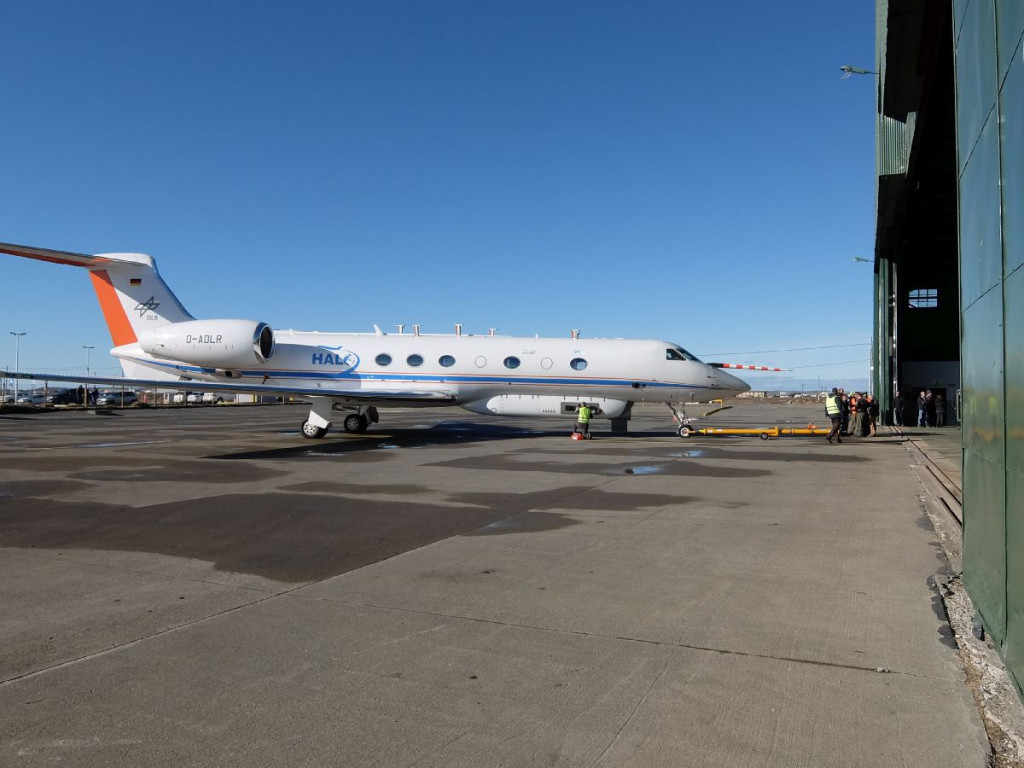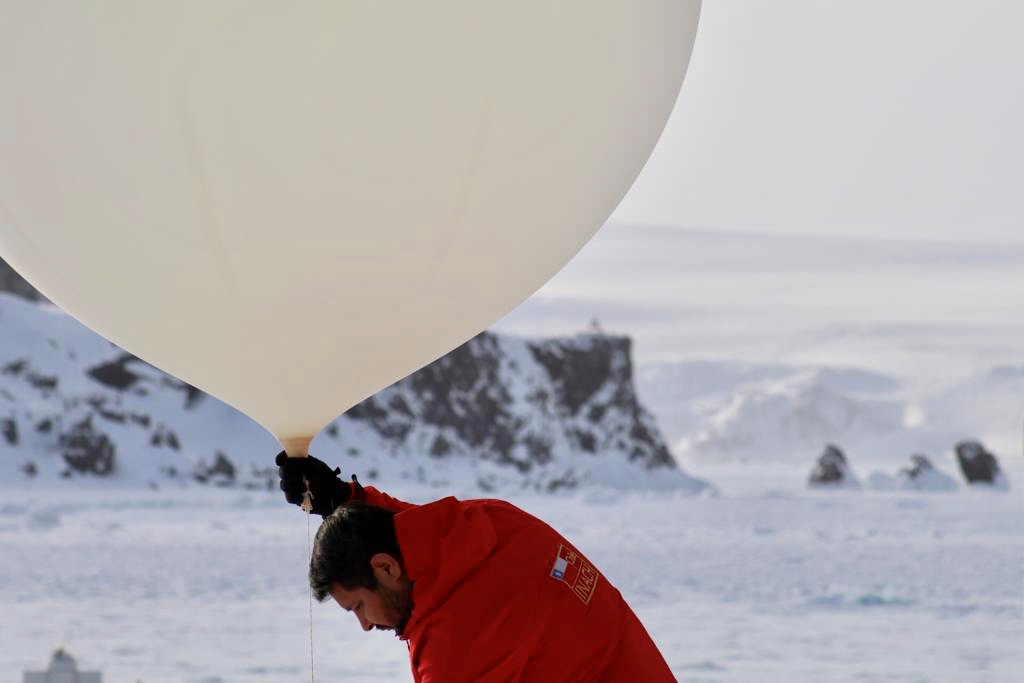The SouthTRAC aircraft campaign operates the German High Altitude and Long Range Research Aircraft HALO to investigate transport, composition and dynamics of the Southern Hemisphere upper troposphere and lower stratosphere (UTLS). Intensive operation periods take place in September and November 2019 out of Rio Grande, Tierra del Fuego, Argentina. Research topics include the influence of biomass burning on the UTLS, outflow from the Antarctic ozone hole and the life cycle of gravity waves. Operations are closely coordinated with ground-based NDACC activities in southern Chile, Argentina as well as the Antarctic Peninsula. Additional activities carried out in cooperation with local partners include balloon‐borne ozonesondes for atmospheric profiling, launched from the Chilean and Argentinian Research Stations in the Antarctic Peninsula. The September leg of the SouthTRAC campaign occurred while an event of the Sudden Stratospheric Warming event unfolded in Antarctica; it set high temperature records in the stratosphere that led to a record small ozone hole area for this time of the year.
See also https://www.pa.op.dlr.de/southtrac/
Article provided by Björn-Martin Sinnhuber, Karlsruhe Institute of Technology, Germany, Raul R. Rordero, Universidad de Santiago de Chile.

Fig. 1. The research aircraft HALO in Rio Grande.

Fig. 2. Balloon-borne ozonesondes for atmospheric profiling on King George Island in September 2019.